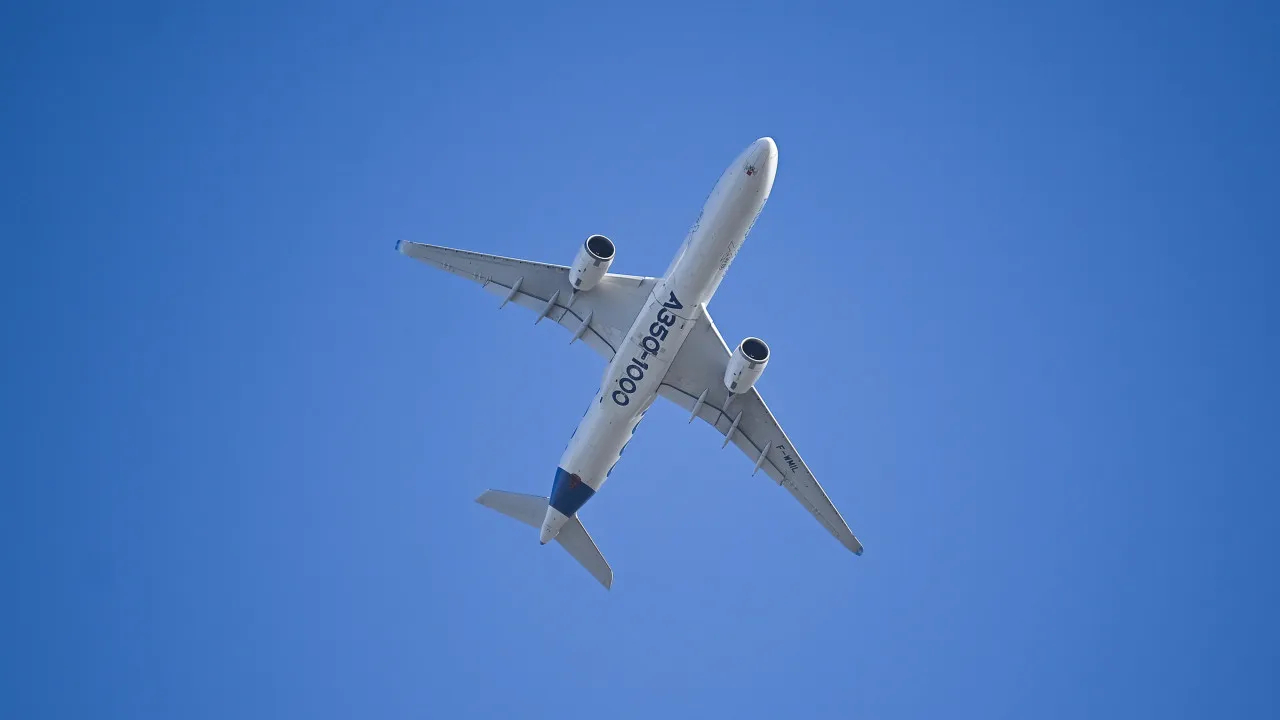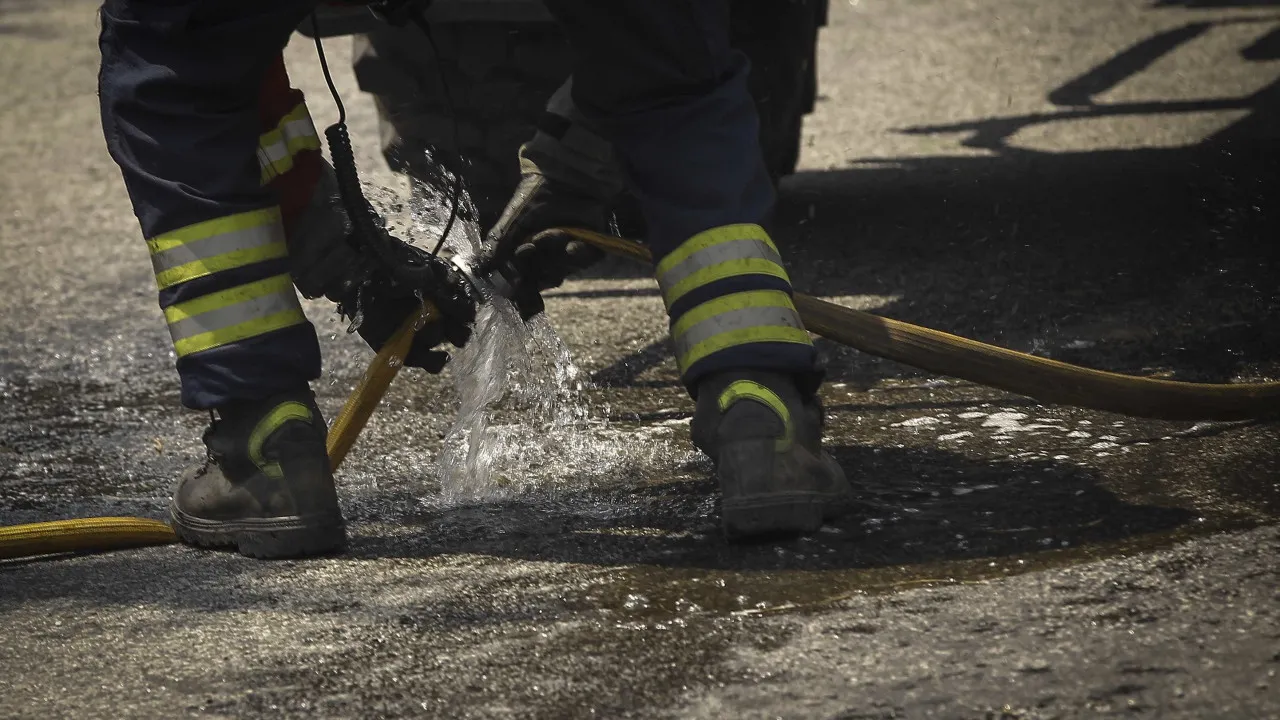
A report presented today at the opening of the Le Bourget International Aeronautics and Space Show, north of Paris, reveals the American manufacturer’s estimation that emerging markets will represent more than half of the global commercial aircraft fleet, compared to 40% recorded in 2024.
This evolution is driven by the expansion of the middle classes in these countries, with global air traffic growing at an average annual rate of 4.2%, a pace faster than the global economy.
Boeing anticipates that 80% of currently active aircraft will be replaced by 21,000 new planes, enhancing efficiency and capacity. The global fleet is projected to exceed 49,600 aircraft by 2044, reflecting increased demand for travel.
To meet this demand, the American company expects production capacity to keep pace until 2030.
Currently, both Boeing and Airbus face challenges in meeting delivery schedules, due to supply chain issues persisting since the COVID-19 pandemic.
Although the situation is normalizing, airlines continue to demand more efficient aircraft with lower fuel consumption and reduced operating costs to renew their fleets.
“The sector will continue to adapt, with strong demand for new aircraft and a return to pre-pandemic growth,” stated Brad McMullen, Boeing’s senior vice president for sales and marketing.
According to forecasts, single-aisle aircraft will account for 72% of the global fleet in 2044 (up from 66% in 2024), driven by the growth of short-haul travel and low-cost carriers in emerging markets. Wide-body aircraft will increase in number but lose relative weight.
Last week, Airbus released similar forecasts, estimating that from 2024 to 2044, 43,420 new aircraft will be required, of which about 44% will replace decommissioned planes.
The European manufacturer also points to the expansion of the middle classes as the main driver of growth, with an additional 1.5 billion people joining this group by 2044, mainly in developing countries.
Boeing’s forecasts come at a time when the manufacturer remains under scrutiny due to safety failures in its aircraft.
In addition to the fatal accidents involving the 737 MAX model between 2018 and 2019, another tragic accident occurred on June 12 with Air India’s AI 171 flight in Ahmedabad. A Boeing 787-8 Dreamliner crashed seconds after takeoff, killing 241 people on board and at least 38 on the ground — one of the worst accidents involving this model in over a decade. Indian authorities ordered additional inspections of the entire 787-8/9 fleet in the country and continue to analyze the black box contents to determine possible failures in the engines, flaps, or landing gear.




